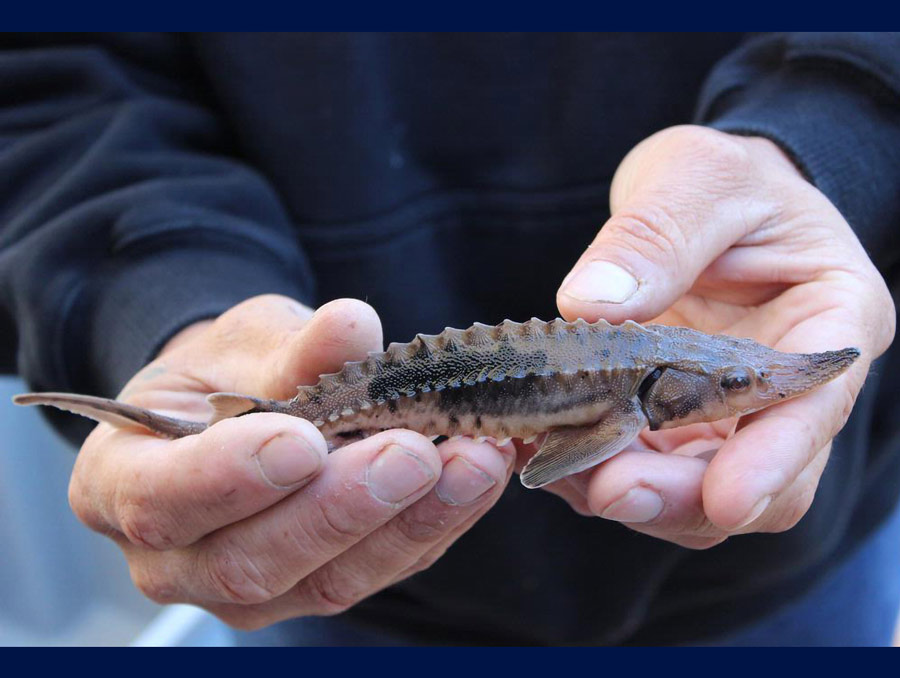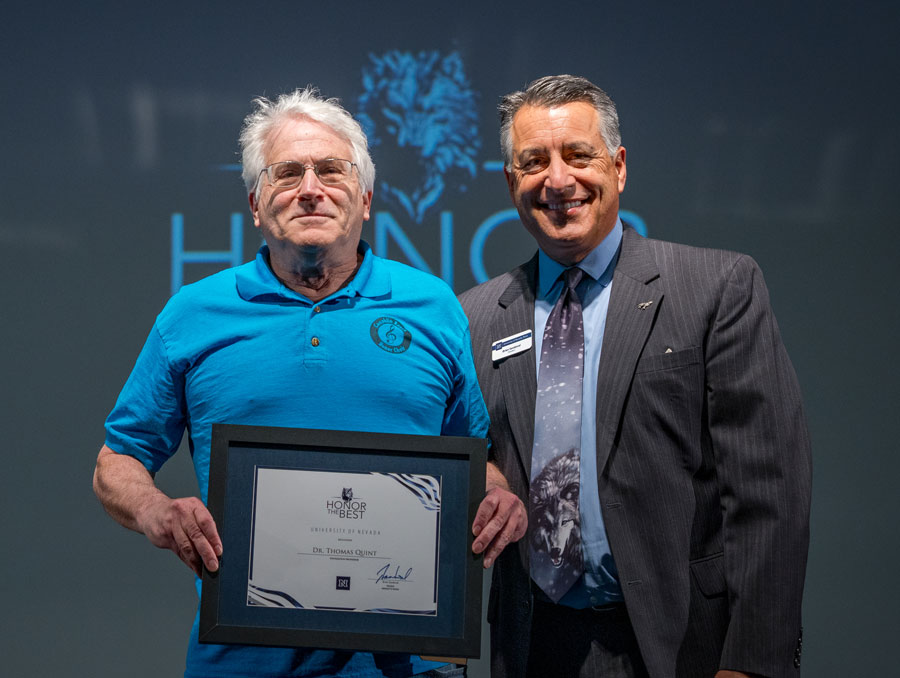In 2012, David Wineland received a phone call that most scientists can only dream of. He was told he would be sharing the Nobel Prize in physics with Serge Haroche for his research trapping and controlling quantum particles.
Wineland is speaking on the University campus as the next Discover Science lecturer on March 2. Registration via Eventbrite is now open, and the lecture is free to attend. Wineland’s lecture has been designated as this season’s Samuel A. Goudsmit lecture.
From clocks…
Wineland worked at the National Institute of Standards and Technology (NIST) for 42 years. NIST’s goals include advancing time and frequency metrology, the science of measuring time and frequency. According to NIST’s website, there are several kinds of clocks. Quartz clocks are what you’re likely to find on a non-digital wristwatch nowadays, but those aren’t nearly precise enough for many scientific endeavors. Enter the atomic clock.
The first atomic clock was built in 1949, 26 years before Wineland would begin his physics career there. When Wineland arrived, he was part of a group that vastly improved the time-keeping capabilities of atomic clocks.
Atomic clocks take advantage of the consistency of atomic frequencies. No matter where it is in time and space, a cesium atom oscillates a little over nine billion times per second. This precision is important for things like satellite and GPS technology. The satellites have to be synchronized to effectively provide the location of an object. The atomic clocks that Wineland helped to refine are so precise, that in the entire age of the Universe, the clock wouldn’t gain or lose a second, though they haven’t tested that yet.
“We’re still trying to get a grad student to take that project on, but he probably wants to get out into the real world rather than waiting the age of the Universe,” Wineland joked.
The theory behind the clocks isn’t too complicated, for a physics theorist, that is.
“We use Schrödinger’s wave mechanics, which was invented a hundred years ago or so, and that’s precise enough,” Wineland said.
But there are disruptions to the frequencies of atoms, and scientists are still working out how they can control and mitigate those disruptions. Einstein identified two major disruptions: time runs at different rates in different locations, and identical clocks can run at different rates if they’re at different gravitational potentials. Dark matter has proven to be an interesting perturbation as well, and researchers are using clocks to learn more about its properties.
…To quantum
After leaving NIST in 2017, Wineland joined the Department of Physics at the University of Oregon, where he serves as a research professor and the Philip H. Knight Distinguished Research Chair. He has started a research lab there with David Allcock, a fellow NIST physicist, where they study quantum computing using trapped ions.
Quantum computing is based on the principle that an atom can be in a state of superposition. Utilizing an ion in a state of superposition is like having a computer bit that can express both 1 and 0 at the same time, except the bits are called qubits. But it’s tricky to get the ions to “behave” in a useful way.
“The qubits are just not very robust,” Wineland said.
This is one of the major challenges facing quantum computing, and why it’s taken the field so long to get from theory (which was proposed by famous physicist Richard Feynman in 1959) to practical use (which is still a way off). But this hasn’t deterred Wineland.
“If we can make this quantum computer big enough and accurate enough, we should be able to program in problems that we don’t know how to solve,” he said. The potential for quantum computers is hard to define, but some applications include uncovering protein configurations, data encryption, logistics optimization and artificial intelligence.
Wineland’s talk will be held on Thursday, March 2 at 7 p.m. in the Redfield Auditorium (DMSC 110). Free parking is available on the 2nd and 3rd levels of the Gateway Parking Complex on 9th Street.
The last Discover Science lecture in the twelfth season is children’s book author and former Smithsonian Institute Under Secretary Eva Pell on April 20.
The Discover Science Lecture Series is free and open to the public through the generous support of our donors. Past speakers in the series include astrophysicists Michio Kaku and Neil deGrasse Tyson; Robert Ballard, who discovered the wreck of the Titanic; and Bill Nye the Science Guy. More information can be found on the Discover Science website.
















